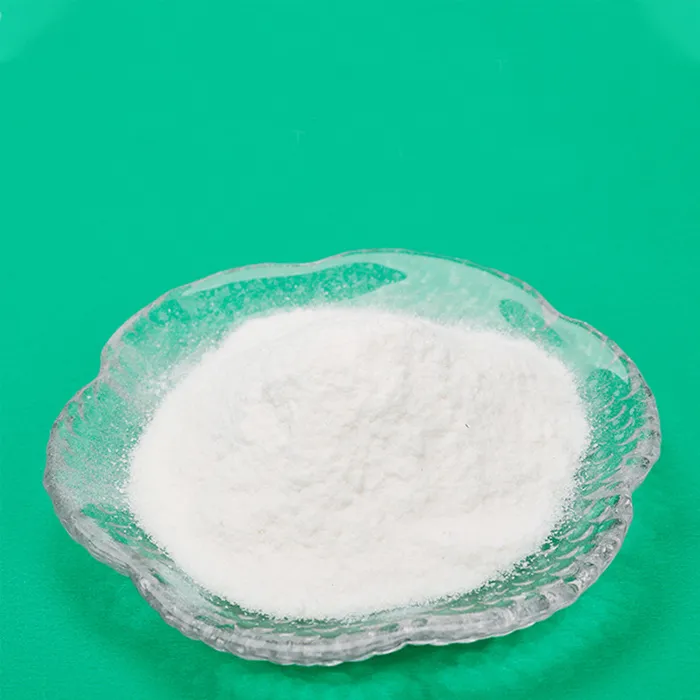The Role of Plastic Additives in Manufacturing
Plastic additives play a crucial role in the manufacturing of plastic products, enhancing their properties and ensuring they meet specific performance requirements. As the plastic industry continues to grow, driven by advancements in technology and increasing demand for diverse applications, the importance of these additives has become more pronounced.
What Are Plastic Additives?
Plastic additives are substances incorporated into plastic formulations to improve certain characteristics or enable specific functions. These additives can affect various properties, including flexibility, durability, UV resistance, flame retardancy, and color. Common types of plastic additives include stabilizers, plasticizers, fillers, flame retardants, antioxidants, and colorants.
Stabilizers are essential for prolonging the life of plastic products by preventing degradation from environmental factors such as heat, light, and oxygen. Plasticizers enhance flexibility and workability, allowing plastics to be molded into complex shapes. Fillers are used to reduce production costs and improve mechanical properties, while flame retardants are critical in applications where fire safety is a concern. Antioxidants protect against oxidative degradation, and colorants provide aesthetic appeal.
The Importance of Plastic Additives in Manufacturing
1. Performance Enhancement The primary function of additives is to enhance the performance of base polymers. For instance, adding plasticizers can turn rigid plastics into flexible materials suitable for various applications, from cables and pipes to automotive components.
2. Cost Efficiency By incorporating fillers and other additives, manufacturers can reduce the amount of expensive polymer needed, decreasing production costs while maintaining product quality. For example, adding calcium carbonate as a filler can lower the cost of producing PVC products without significantly sacrificing performance.
3. Sustainability With increasing concerns about environmental impact, the plastic industry is shifting towards more sustainable practices. Additives can play a role in this transition, as biodegradable additives are being developed to facilitate the breakdown of plastic products after use. Moreover, certain additives can enhance the recyclability of plastics, making it easier to reprocess them into new products.
plastic additive manufacturing

4. Compliance with Regulations Many industries require products to meet stringent safety and environmental regulations. The proper use of additives can help manufacturers comply with these standards. For instance, flame retardant additives are essential in the electronics and construction industries to meet safety codes.
5. Aesthetic and Functional Customization Additives can also provide customization options for manufacturers. By altering the color, texture, and surface finish, companies can cater to specific consumer preferences, enhancing marketability. The use of additives allows for brand differentiation in a crowded marketplace.
Challenges in Plastic Additive Manufacturing
Despite their benefits, the use of plastic additives presents challenges. The formulation of additive blends requires precise chemistry to ensure compatibility and effectiveness. Additionally, the environmental impact of certain additives, particularly heavy metals and persistent organic pollutants, has raised concerns. As a result, there is a growing demand for non-toxic, environmentally friendly additives.
Moreover, the recycling of plastic products containing additives can be complicated. Some additives can hinder reprocessing or lead to the emission of harmful substances during recycling. Hence, researchers and manufacturers are actively seeking innovative solutions to develop new additives that are both efficient and environmentally benign.
Future Trends
The future of plastic additive manufacturing looks promising, with ongoing research aimed at creating smarter and more sustainable additives. Innovations like bio-based additives derived from renewable resources are gaining traction, and advancements in nanotechnology may enable the development of additives that improve materials' strength and functionality at minimal usage levels.
In conclusion, plastic additives are integral to the manufacturing process, providing essential enhancements and allowing for greater versatility in plastic products. As the industry evolves, the focus on sustainability and safety will shape the future of additive development, potentially transforming how plastic products are designed and produced.

